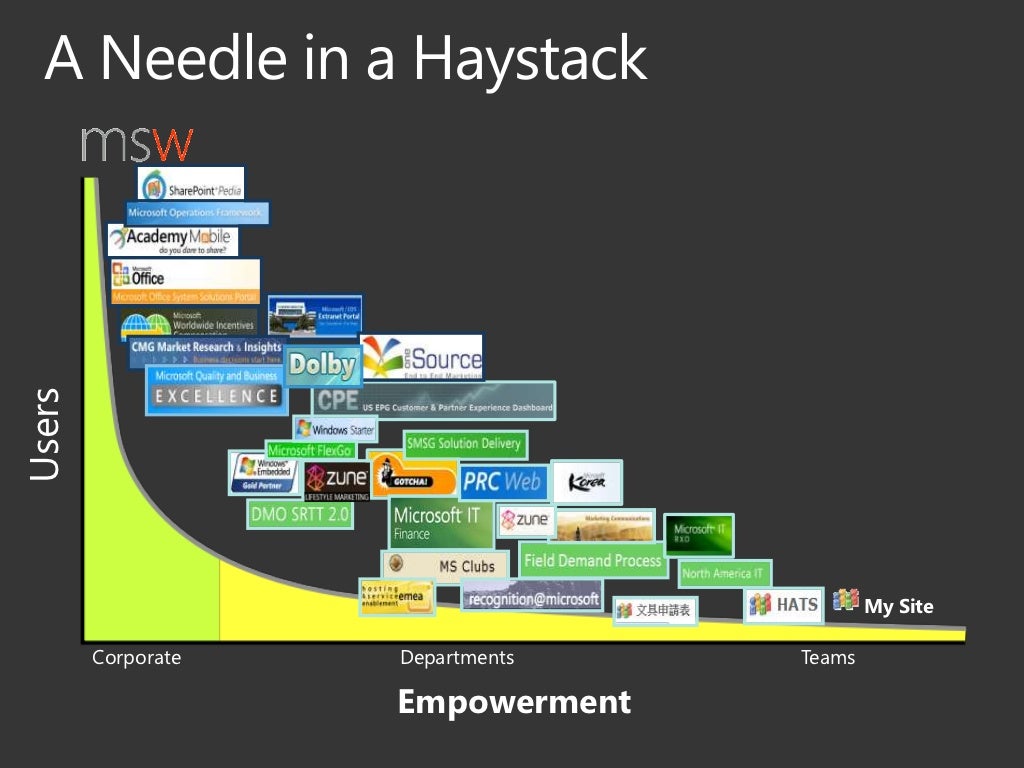


Why is my social media share showing old text or an old picture? Social media posts on Twitter and Google+ will now correctly include the Summary.
SHARING SOCIAL MEDIA META DATA IMAGE SIZE HOW TO
You can read about how to copy an image URL below. You can paste a URL to an image here which will be used as the Main Image for social media posts like Facebook, Twitter and Google+. TitleĬhanging the text in this field will create a separate Title that is only used for social media posts like Facebook, Twitter, and Google+.Ĭhanging the text in this field will create a separate Summary that is only used for social media posts such as on Facebook, Twitter and Google+. And in most cases, you might only need to tweak three settings under Open Graph. There are far too many options in Meta Tags to cover them all here. If you want to modify the metadata used by Facebook and other social media websites so that it is different from what is used locally on the MyLO site, you can do that in the "Meta tags" tab at the bottom of the page, just above the Save button.īy default Basic tags is open. LinkedIn, and Pinterest only make use of Title and Main Image. But not all sites use the same information.įacebook, Twitter, and Google+ make use of all 3 fields: Title, Main Image and Summary. What metadata is used?Īs mentioned before, Title, Main Image and Summary are your three key fields for sharing with Social Media.

You will probably be very unhappy with what it chooses. If it is not, Facebook will ignore it and attempt to pull the first image that is at least 800px wide from the page. The Body field is not used.Ī very important note about Main Image: make sure it is at least 800px wide. You can see that Facebook has used the Title, Main Image, and example text from the Summary field for this share. When the URL to a published MyLO page is copied and pasted into Facebook's "What's on your mind?" box, this is what you see. This section is called "Creating Content with Metadata." The secret of metadata is that the contents of Title, Main Image and Summary fields ARE the metadata that is used when making posts to social media. It makes use of Title, Summary and Main Image. In the image below you can see the Demo Article listing on the Demo League's Homepage. The Summary field is used on the MyLO website when listing recent posts, returning search results, and similar functions. Notice that the Title, Main Image and Body fields are visible, but the Summary field is not. This is how the page looks when published. You'll notice that the example text in the Summary field is different from the example text in the Body field. The very first thing to do to maximize your social media posts in regards to metadata is to make sure that all of your content has a Title, a Summary, and a Main Image. You can refine that metadata to make your site more relevant to your users, and more useful on social media like Facebook and Twitter. The content that you create for this website-articles, pages, images, events, etc.-has a certain amount of default metadata associated with it. A card in a card catalog at a library is descriptive information about a particular book: the author, the title, the subject matter, and where it can be found in the library. Metadata at it's basic level is descriptive information about a piece of data.


 0 kommentar(er)
0 kommentar(er)
